Raj Garden Plants Nadi Hingu plant – नाड़ी हिंगु – Dikamali – Gardenia Gummifera Live Plant
₹425.00 Original price was: ₹425.00.₹345.00Current price is: ₹345.00.
14 in stock
This is a live plant of Nadi Hingu Live Plant, नाड़ी हिंगु, Dikamali Live Plant,Gardenia gummifera
You can grow it in your garden or in big pots. Due to similar odor and color of gum.
it is known as Hing Plant also but It’s not Asafetida Ferula Nadihingu. It has been used to treat the wide range of gastrointestinal ailments, especially due to vitiated vata, through ages. It is one of the herbs mentioned in all ancient scriptures of Ayurveda and has various synonyms like jantuka, hingupatri, venupatri, hingusivatika, vamsa patri, suvirya, panga, etc, It is traditionally given to children of infants, particularly in digestive disorders and dental problems during an eruption. Nadihingu was held in high esteem by the ancient sages of India. The plant grows all over India, in deciduous forests, especially in Maharashtra, Gujarat, Bihar, and South India. An unarmed shrub grows 1.5-2 meters tall and has twisted branches, brownish-black in color. The leaves, simple, rather sessile, elliptic, oblong, 4-8 cm long and shining. The flowers are yellowish, 4-7 cm in length, solitary and axillary. The leaves resemble those of guava leaves, On plucking the leaves or incising the bark, yellow gum is secreted on the surface of the bark. The resin is transparent, greenish-yellow in color, with a sharp pungent taste and offensive odor. The gum is non-soluble in saliva. It is marketed in the form of tears or cakes. The botanical name of Nadihingu is Gardenia gummifera and it belongs to family Rubiaceae Nadi hingu is a big shrub or small tree growing to a height of 2 to 3 m and is found in the plains of India. The flowers of the plant are white in color which later turns to pale yellow. Fruits are found in the month of June to August. Resin (राल) is obtained by making a cut on the Stem/तना/डंठल or branches of the plant and the resin resembles the gum
| Weight | 0.250 kg |
|---|
Be the first to review “Raj Garden Plants Nadi Hingu plant – नाड़ी हिंगु – Dikamali – Gardenia Gummifera Live Plant” Cancel reply
Related products
Bone Healing Plants
Raj Garden Plants Hadjod – Cissus Quadrangularis – Asthisamharaka Live Plant
Herbal Plants
Raj Garden Plants Safed Musli Plant – Shwet Musli Plant – Chlorophytum Borivilianum Live Plant
Diabetes Plants
Herbal Plants
Raj Garden Plants White Aak Plant – Calotropis Gigantea – White Madar – Swetark – Aakda Live Plant


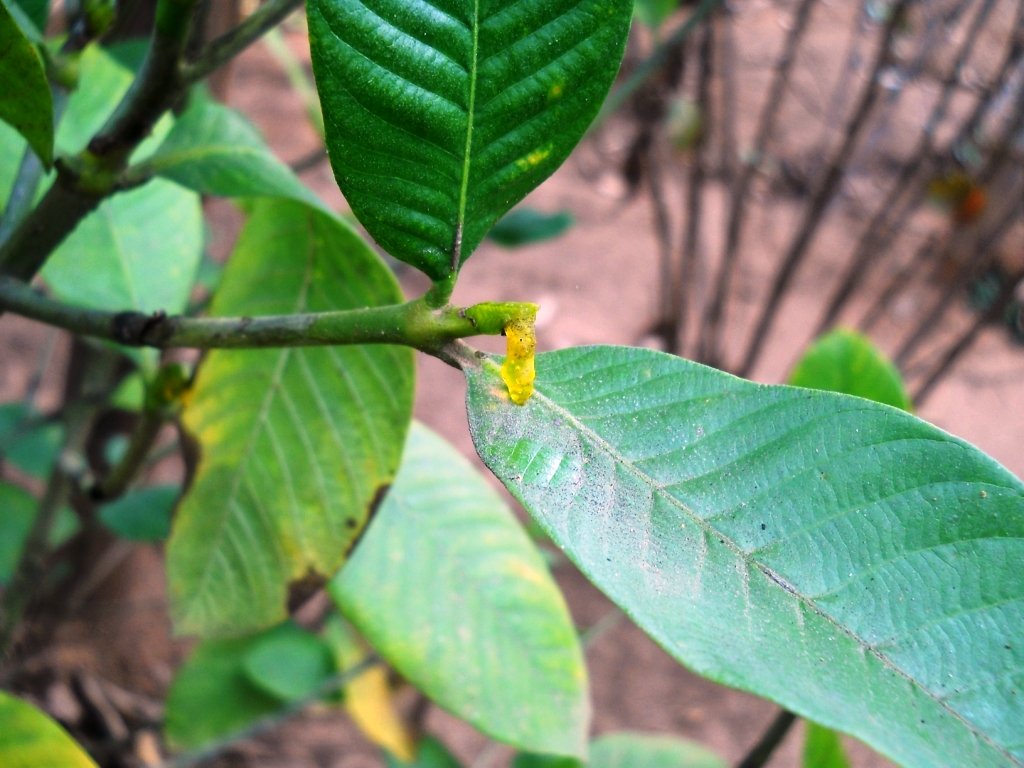
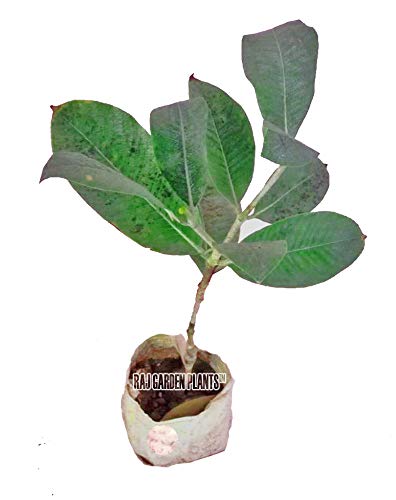
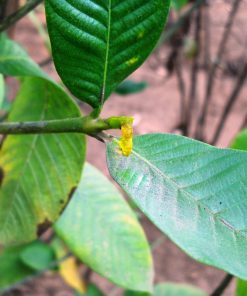
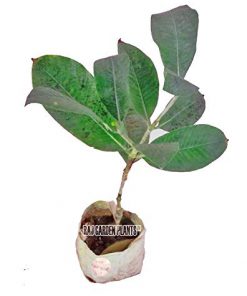
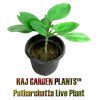
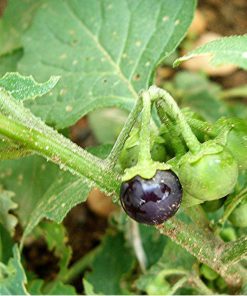
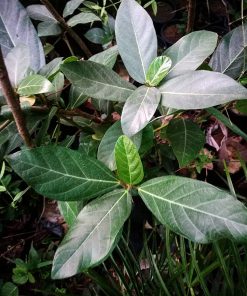
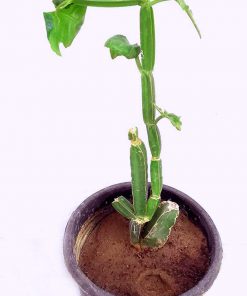
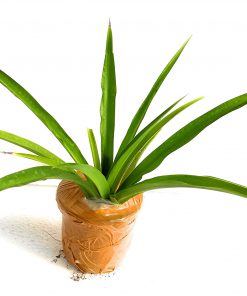
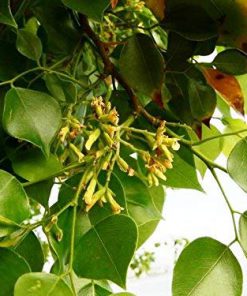
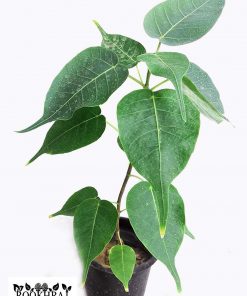
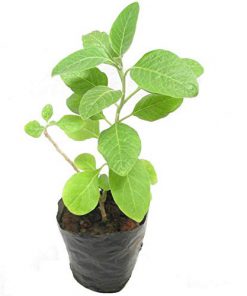
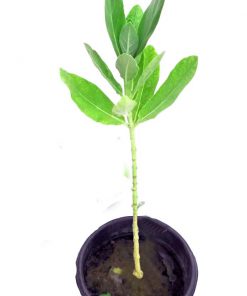
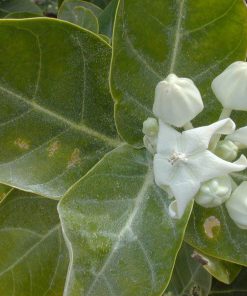
Reviews
There are no reviews yet.